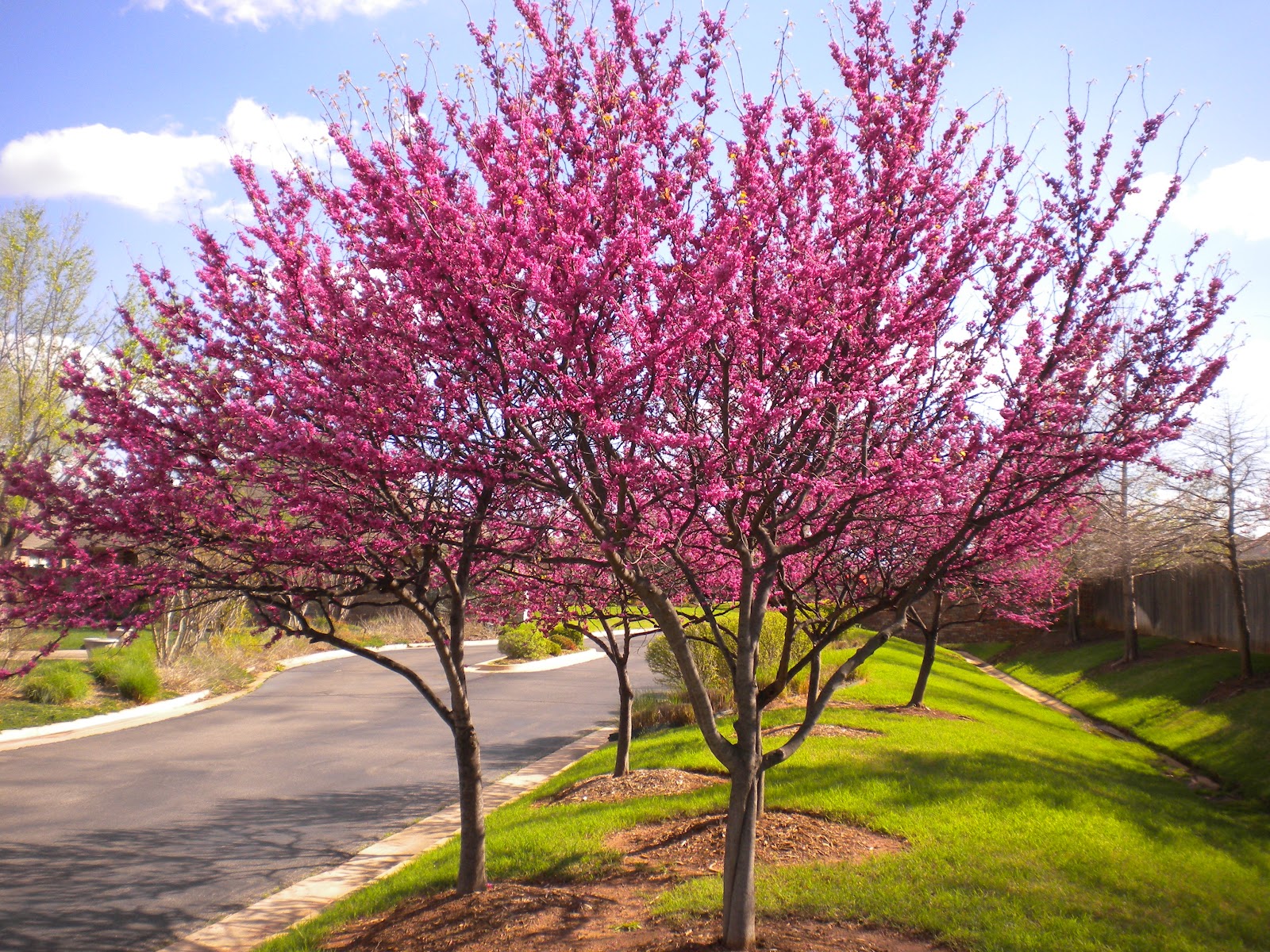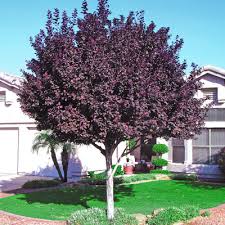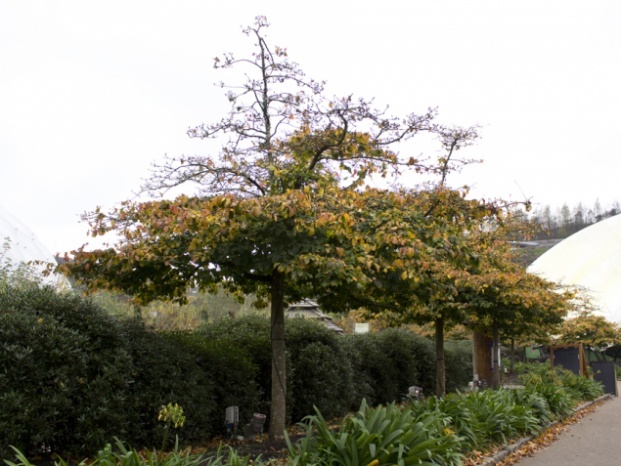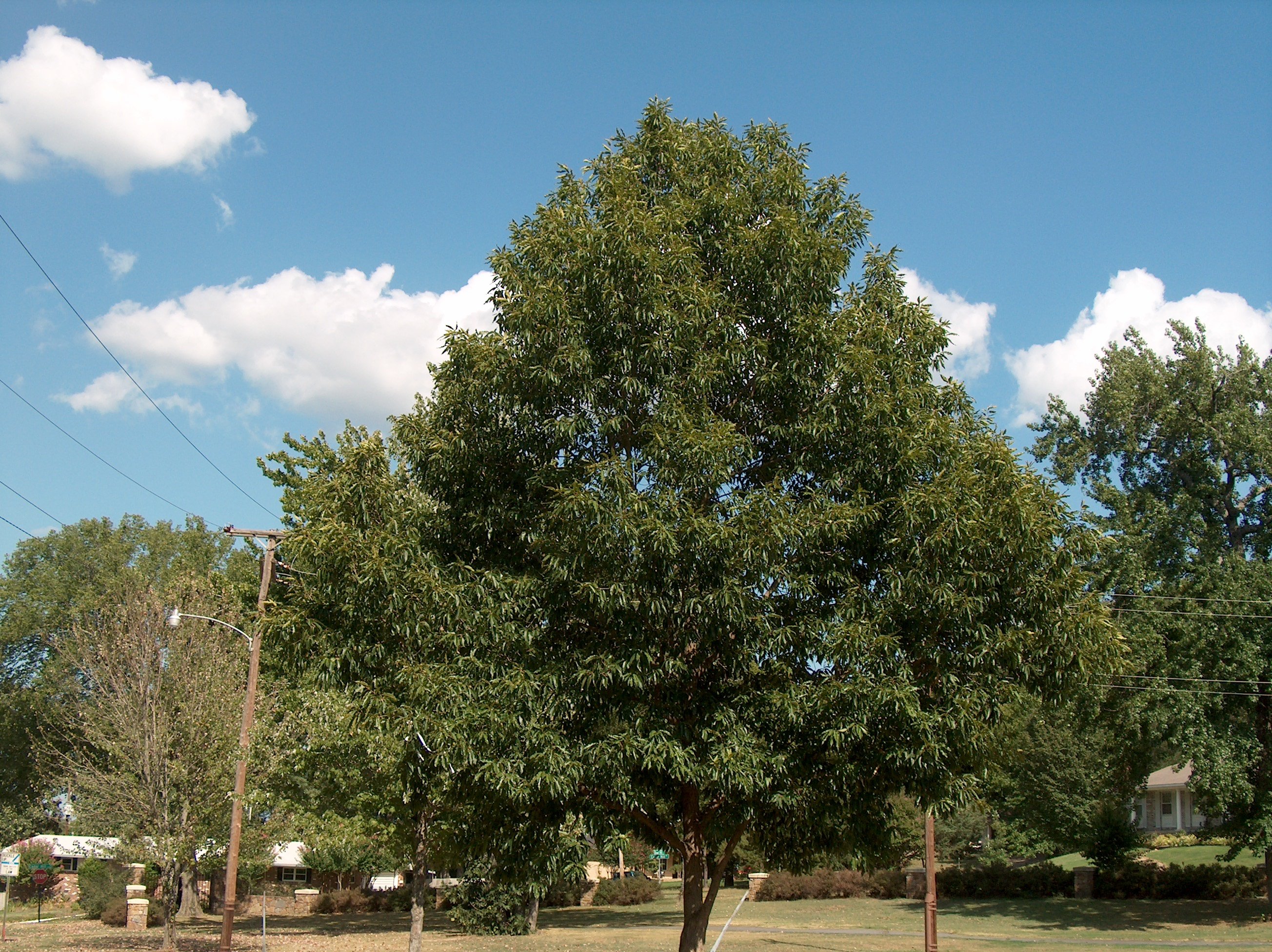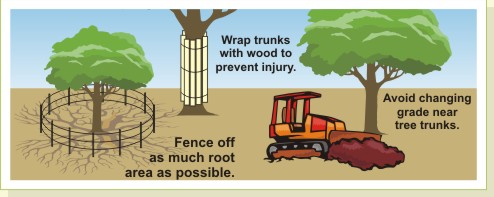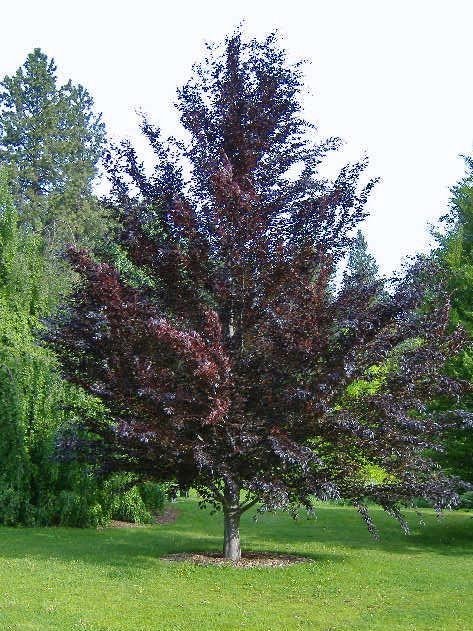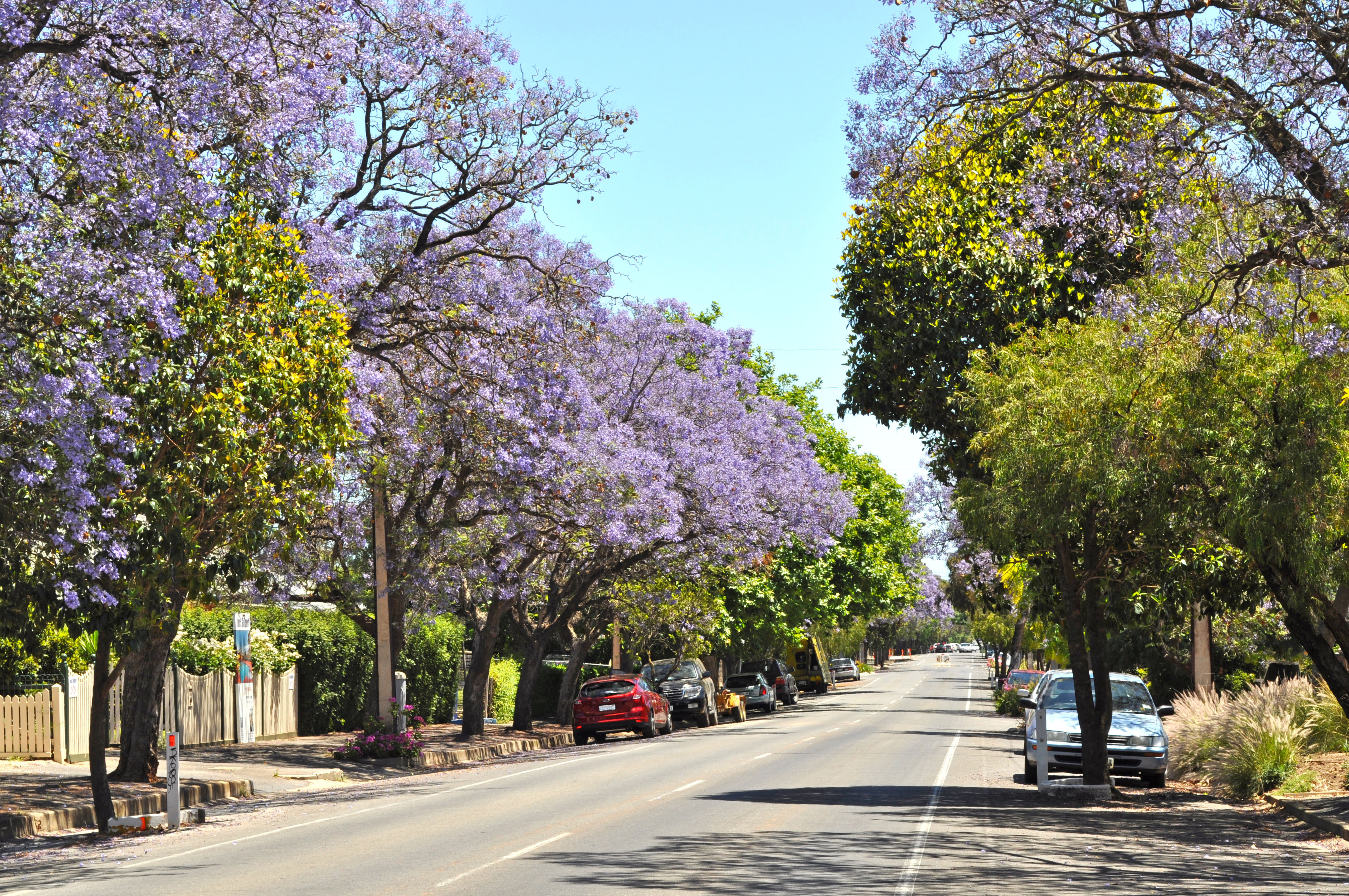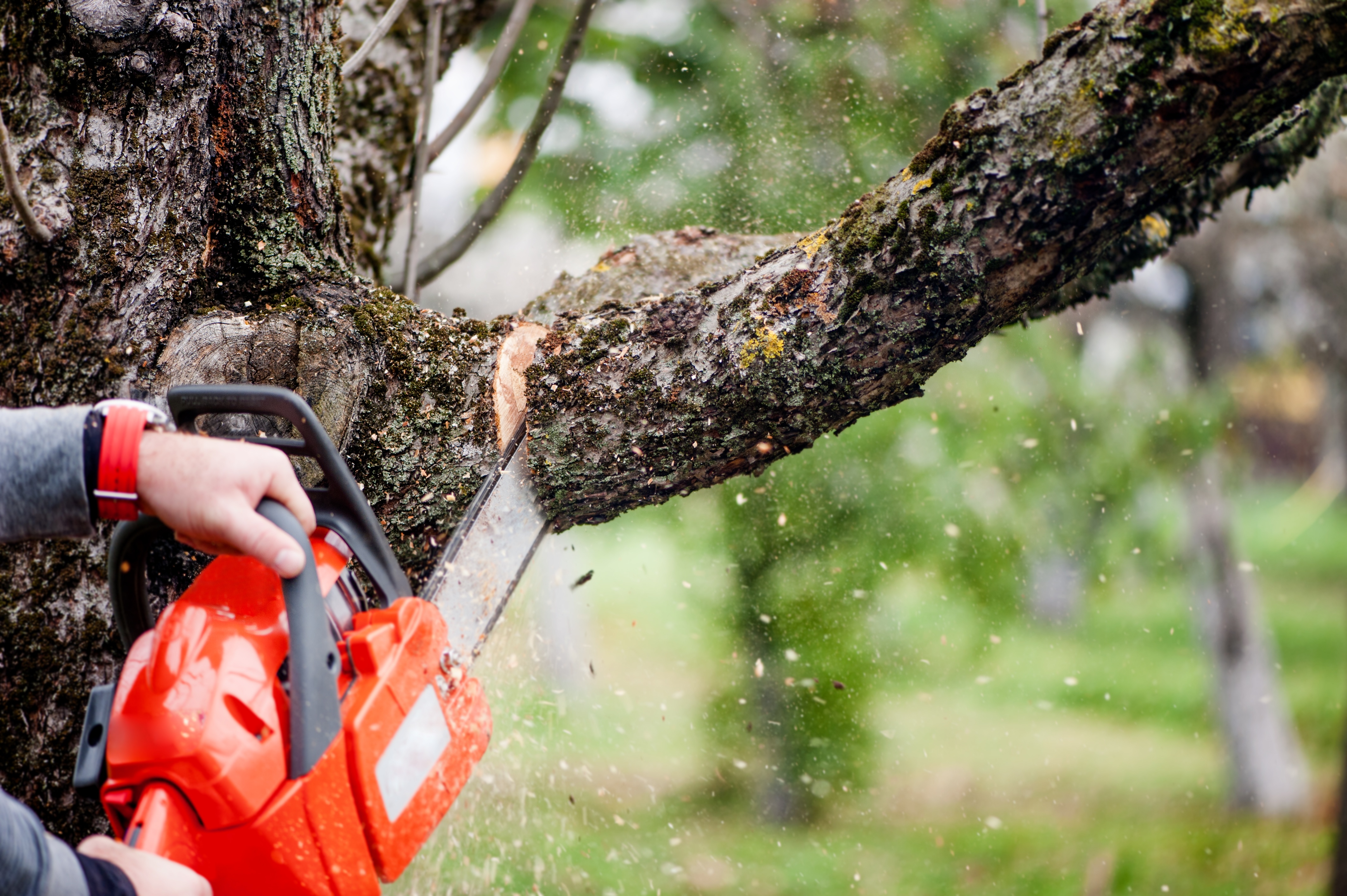Eastern Redbud tree is deciduous tree that belongs to the family Fabaceae. This plant originates from southern Europe and western Asia.
Recent Posts
Decembers' Tree of the Month - Eastern Redbud
August's Tree of the Week - Purple Leaf Plum
Purple Leaf Plum is a small deciduous tree commonly planted for its deep reddish-purple leafs and white/pale pink flowers that are among the first to appear in spring. Although it is short lived, it is fast growing and great for use as a specimen or shade trees.
One CAN Make A Difference - Feeding Kansas City
No one should go hungrey in a nation as affluent as the United States but nearly 17 percent of Missourians reported being food insecure, meaning at least once last year, in most cases several times, they skipped meals for lack of money. That’s the fifth-highest percentage in the nation.
TREE OF THE WEEK - PERSIAN PARROTIA
Persian Parrotia tree ia a slow-growing shrub or tree up to 10m tall. Bark smooth, turning grey and flaking with age. Branches spread horizontally. Leaves up to 10cm long, alternately arranged, both sides covered with stellate hairs. Autumnal foliage a rich crimson colour. The Persian ironwood is native to northern Iran, where it is endemic in the Alborz mountains.
October's Tree of the Month- Sawtooth Oak
SAWTOOTH OAK (Quercus acutissima) is a good shade tree. It is also a good source of food and cover for wildlife. Sawtooth oak is native to eastern Asia but was introduced into the eastern United States around 1920.
Tree Preservation in the Real World
It is important to take trees into consideration from the very beginning of the construction planning process. Damaging a root system, trunk, or crown will cause some degree of stress and potential decline in all trees. It may take years for signs of damage to appear. This damage may appear in the form of small leaf syndrome, invading fungi or mushrooms, infestation by opportunistic insects, or any number of other diseases that affect weaker trees. By the time these signs become obvious, it’s too late to repair the damage. Pro-active tree preservation is a very intentional process that takes a tree's biological functions into consideration. This approach will be much more successful than trying to remediate tree damage that has already occurred.
Tree of the Week - European Beech
Reducing Tree Damage
BE SURE to report property damage to your insurance agent immediately after a severe weather event or natural disaster and make temporary repairs to prevent further damage.
The key to preventing damage is to predict circumstances that could result in tree damage and take action to correct potential problems before storms strike. Look at the form of the tree, any decay that may be present (and the extent of the decay, if present), maintenance practices involving the tree, the presence of stem girdling roots, and existing site problems. Good pruning can prevent many problems. Prompt removal of diseased, damaged, or dead plant parts helps limit the spread of harmful insects and disease, as well as reduce the possibility of storm damage. By keeping track of trees on your property and their condition, predicting storm failure is much easier. Create a list of "key trees and key problems." Key trees would be those that are most important to the property. Key problems would be those that are most likely to damage or weaken those key trees.
These potential problems are easy to spot:
- Cracks in the trunk or major limbs
- Hollow and decayed trees
- Trees that look one-sided or lean significantly
- Branches hanging over the house near the roof
- Limbs in contact with power lines
- Mushrooms growing from the bark, indicating a decayed or weakened stem
- V-shaped forks rather than U-shaped ones. V- shaped are more likely to split
- Crossing branches that run or interfere with one other
- Cartwright Tree Care can make sure your trees are prepared before a storm
Missouri Celebrates Tree City USA's 40th Anniversary
This year Missouri will support the Arbor Day Foundation's program Tree City USA as they celebrate their 40th year helping communities like ours achieve sustainable community forests. This program has been helping cities "Go Green" across America since 1976. It is a nation wide movement that provides the framework necessary for communities to care for and expand their public trees.


